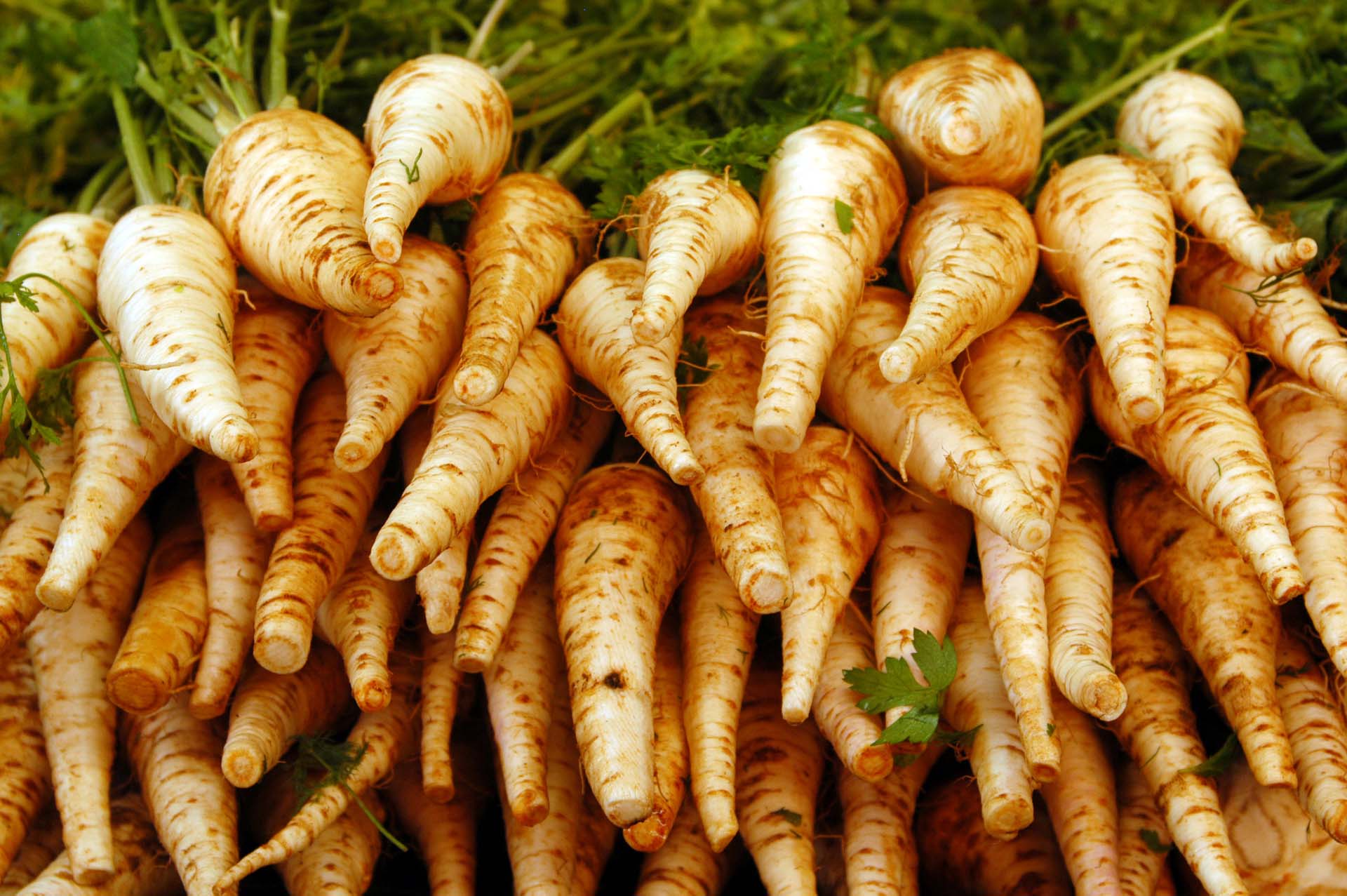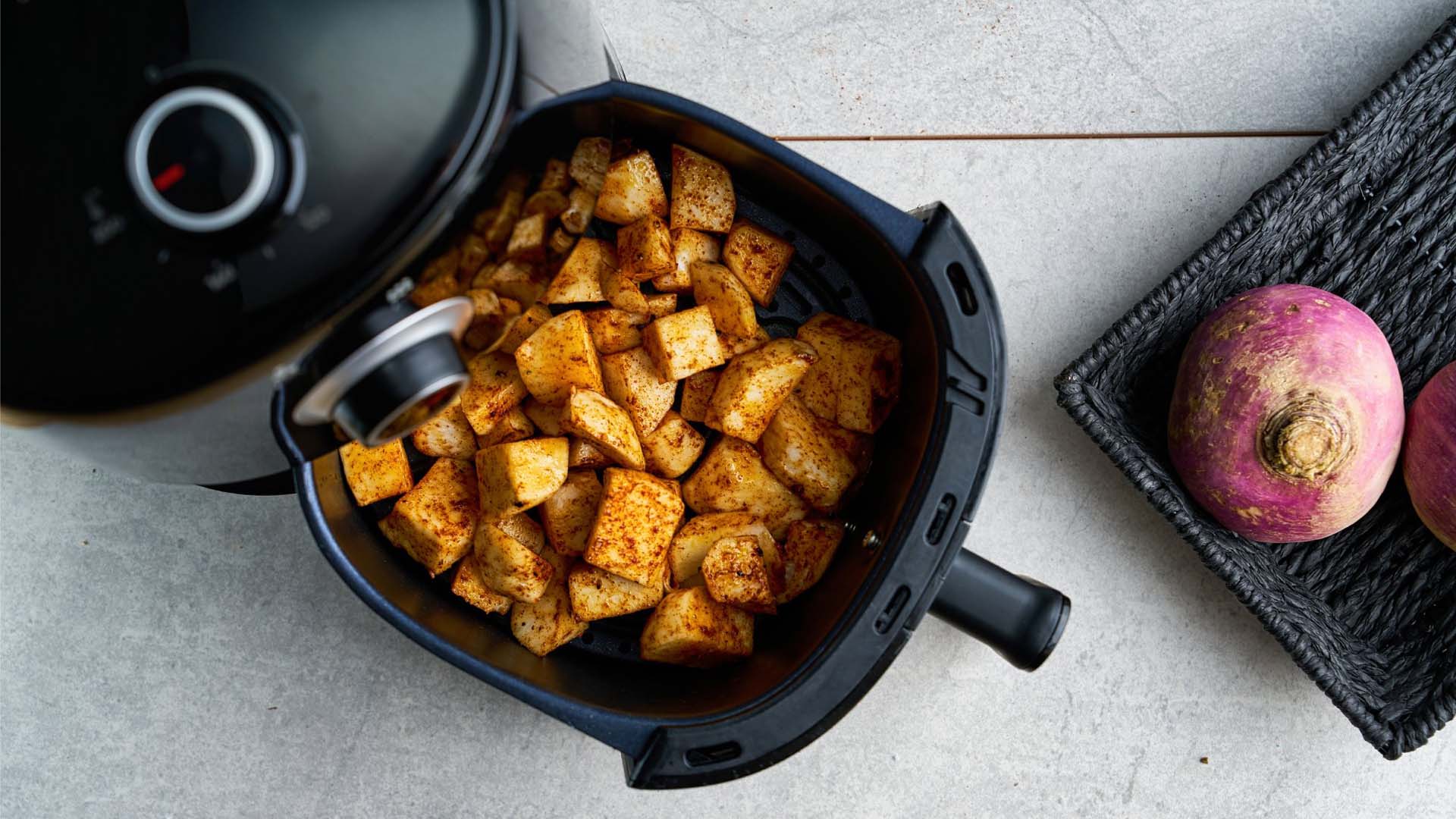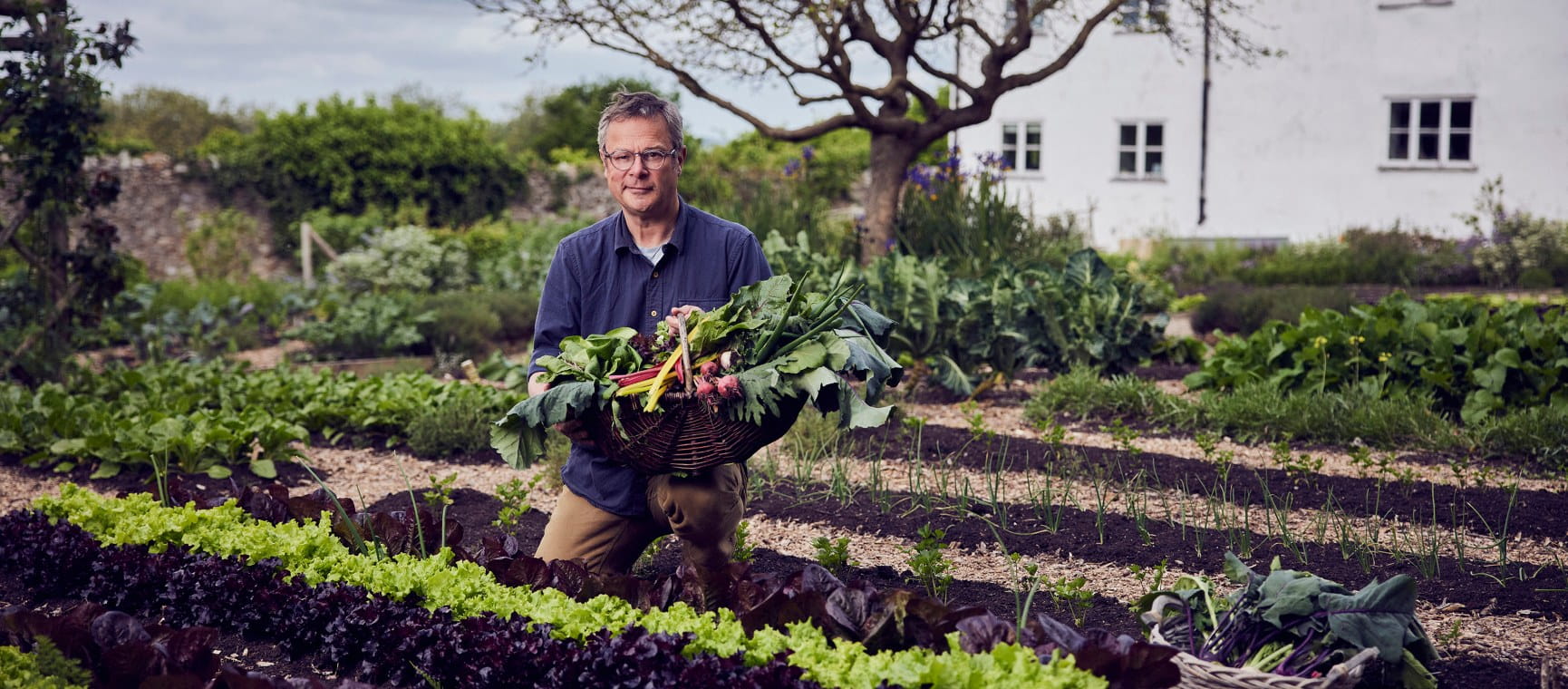
Sometimes it seems that every month that passes brings new theories about what we should eat and drink. And when it feels like the goalposts are being moved, it doesn't always make it easy to make healthy choices.
Most of us are familiar with the guideline about getting your 5-a-day of fruit and veg, even if we don't always know the details. (Do potatoes count? What about sweet potatoes?)
But a newer recommendation you might have heard about is to get 30 plants a week – and the plants all have to be different.
"Isn't that a bit much?" you might be thinking. So what actually is the evidence behind this recommendation?
It comes from the British & American Gut Project, which looked at the diets of thousands of people, assessing how different dietary patterns were linked to different health outcomes. Professor Tim Spector, also known as the founder of the ZOE health app, worked on the British arm of the study. As well as asking participants what they ate, the researchers also tested poo samples. They found that people who ate 30 plants a week had a wider range of healthy gut bacteria compared to those who ate 10, as well as higher levels of healthy chemicals produced by the bacteria.
The study didn't follow people over time to see what effects this actually had on long-term health – although there is lots of evidence that better gut health can improve your overall health.
It’s about gut health and our microbiome – the trillions of bacteria, viruses and fungi that live in our digestive tracts and play a central role in health. It’s home to 70% of our immune cells, and also important for heart and brain function, metabolism and weight-management, mental health, clear skin, energy levels – it’s a long list. Having a wide diversity of beneficial microbes seems to be what allows your gut to thrive.
If you want to try to eat 30 different plants a week, the good news is that they don't all have to be fruit and veg. You're actually aiming for 30 "plant points" a week. Grains (like wheat and rice), nuts, and beans and lentils all count - you get one point for each type. You can count a yellow pepper separately from a red pepper, but you can't count them more than once each. You get a quarter of a point each for herbs, spices, tea, coffee, dark chocolate and olive oil.
Meanwhile, the official dietary recommendation in the UK is that we eat at least 5 portions of fruit and veg a day, with as much variety as possible. This one is backed by evidence too. It is based on the World Health Organization recommendation that we eat at least 400g of fruit and vegetables a day. That comes from large research studies that show eating 400-500g of fruit and veg a day is linked to better health, and in particular reduced risk of cancer. Based on an average portion size being 80g, this is how the UK guideline of 5-a-day was arrived at.
Unfortunately, most of us don't manage to meet it. On average, UK adults eat three to four portions per day, with women doing slightly better than men.
5-a-day remains the official UK recommendation, and it's also one of the cancer prevention recommendations of the World Cancer Research Fund (which doesn't specifically recommend 30 a week). The 30 plants a week recommendation is mainly focused on gut health. Whilst that might come with other benefits too, it's not aimed at cancer prevention, for example. What is good about the 30-a-week recommendation is the focus on variety (which is part of the 5-a-day recommendation, but not as obvious). That said, you could possibly eat 30 plants a week with lots of different grains, nuts and seeds, without achieving your 5-a-day of fruit and veg.
Overall, more is better when it comes to eating fruit and vegetables, so do whatever you find most motivating to help you increase the number that you eat.
Celebrity chef and food campaigner Hugh Fearnley-Whittingstall has made this the subject of his latest book, How to Eat 30 Plants a Week. “You’d think it was going to be harder than five-a-day, but weirdly, I don’t think it is,” he says. “It’s partly because this takes the pressure off obsessing over fresh fruit and vegetables.”
How To Eat 30 Plants a Week, Hugh Fearnley-Whittingstall, RRP £25
“I was already getting to 20 pretty easily,” says Hugh. “If you’re interested in cooking, you’re probably already on 15 or 20. The weird thing about the five-a-day rule is that it almost encourages you to get stuck in a rut as for many it’s the same five-a-day – an apple, an orange, carrots, peas, cucumber.”
Though Hugh is an omnivore – and this book is omnivorous too – he believes too much focus on meat and fish has led us to neglect plants. He once went vegetarian for six months and found that it made him a far more adventurous and accomplished cook.
“Meat and fish hog all our attention,” he says. “I enjoy them, but I probably have meat or fish just once or twice a week now.
“As soon as you start thinking of plants as your primary building blocks, then instinctively, you start giving them more respect and doing things with them that you’d normally do with meat.
“You put the spices and herbs on them, roast them in the oven or dry fry them, caramelising, searing, or building a sauce with loads of herbs.”
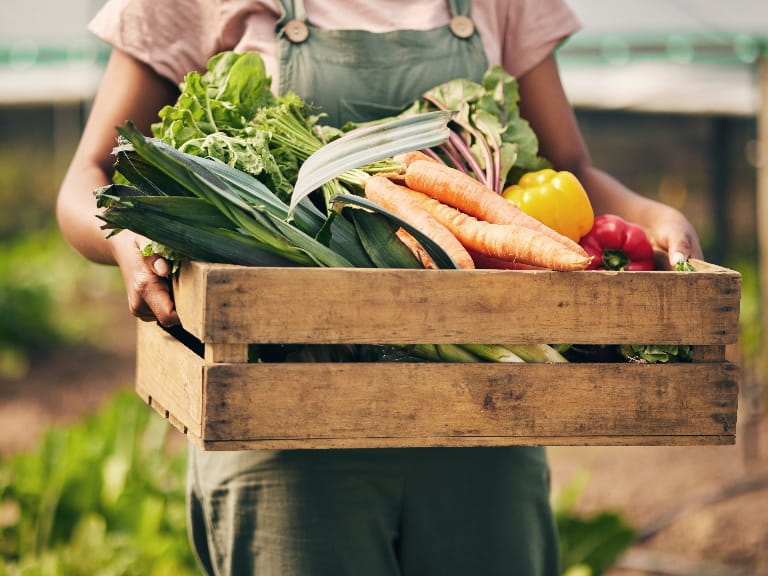
When it comes to upping your plant intake, Hugh has lots of tips. One is to double or triple up.
If you’re chopping an onion, he says, throw in garlic too, or a leek, or a shallot – or all three – then scatter on some chives. If you’re making a dahl from red lentils, add in a tin of brown lentils – and tomatoes, plus a couple of carrots.
Nuts and seeds are another easy win. “Sprinkle them into a salad or stir into a curry,” says Hugh. “I make my own trail mix with a handful of nuts, seeds, some dried fruit and dark chocolate. That’s more than five plants in one quick snack.”
In his book, there’s a recipe for this and similar shortcuts, such as a seven-plant pesto, for soups or pasta, or dukkah (a Middle Eastern blend of hazelnuts, sesame seeds and spices).
None of the plants in Hugh’s book are obscure or hard to source. Many of the recipes are what he calls ‘everyday’ – but with added vroom: a cottage garden pie, gazpacho, overnight oats, a herby bean and celery salad.
Hugh isn’t one for food fads. “Sometimes things become trendy for a bit,” he says. “Once, we were all supposed to be excited about oriental greens. Have you tasted Chinese mustard? Sometimes you’d eat a funky winter salad and just get a mouthful of bitter.”
And he doesn’t want to create food stress either. “Diversity is great for health,” he says, “but it’s also for taste, flavour and texture. From a cook’s point of view, it just means lots more delicious things to make in the kitchen. That’s all you need to know to get stuck in.”
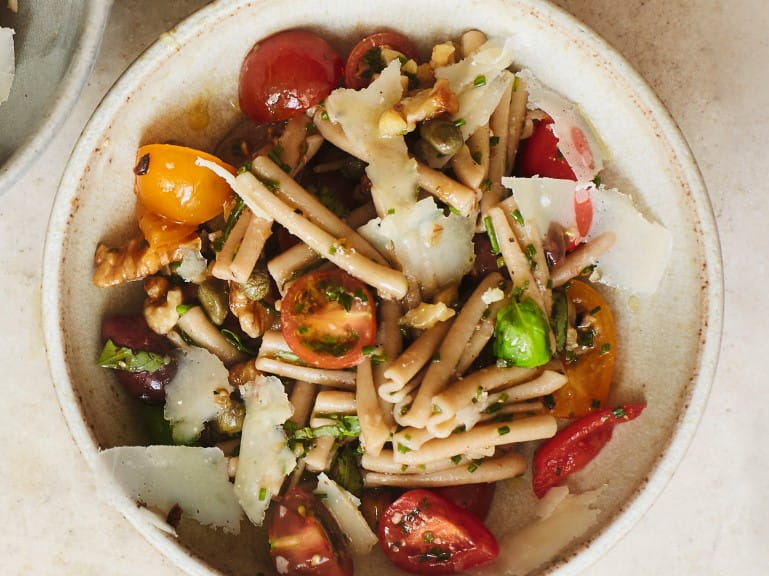
This is a lovely way to dish up some pasta shapes with richly toasted nuts, tangy fresh tomatoes and a handful of herbs.
Serves 4
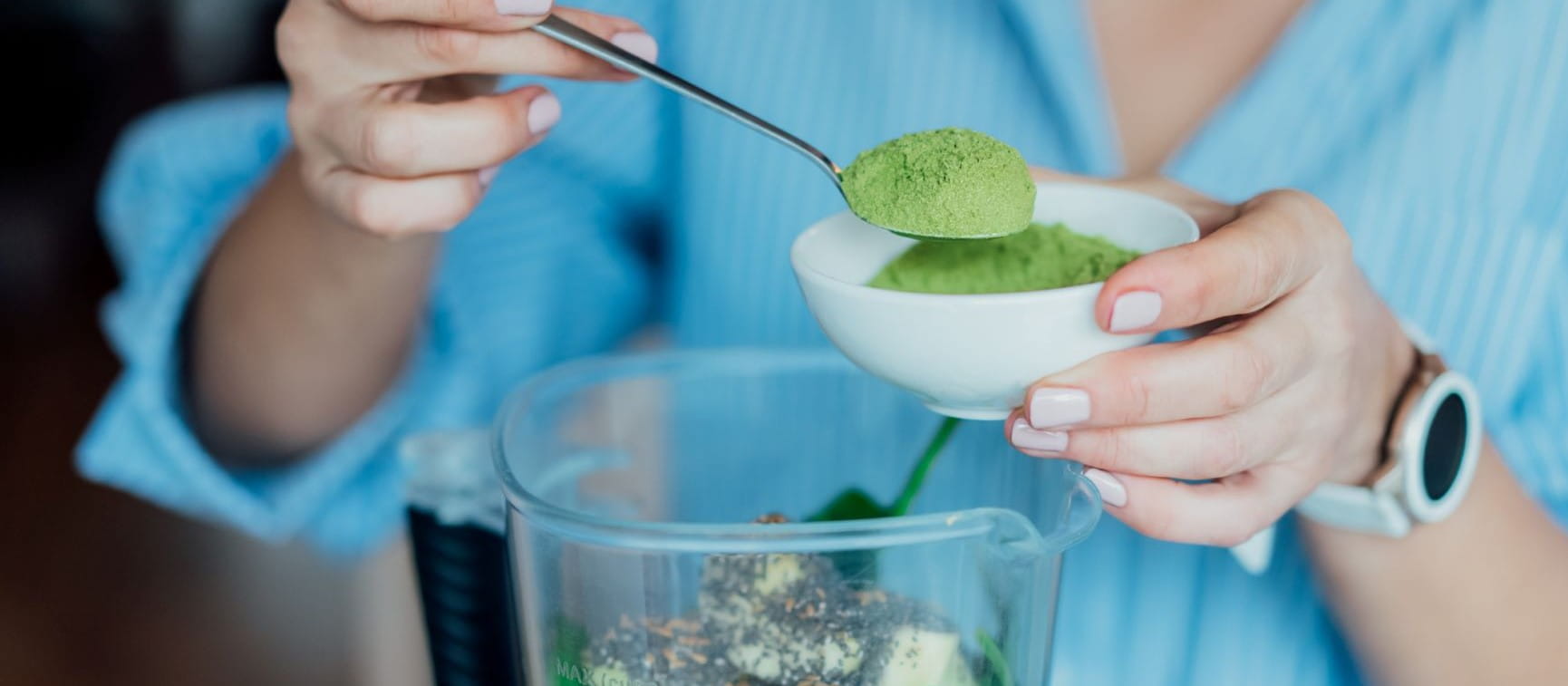
What are superfood powders and how useful are they? Experts reveal their choices of the best ones to try.
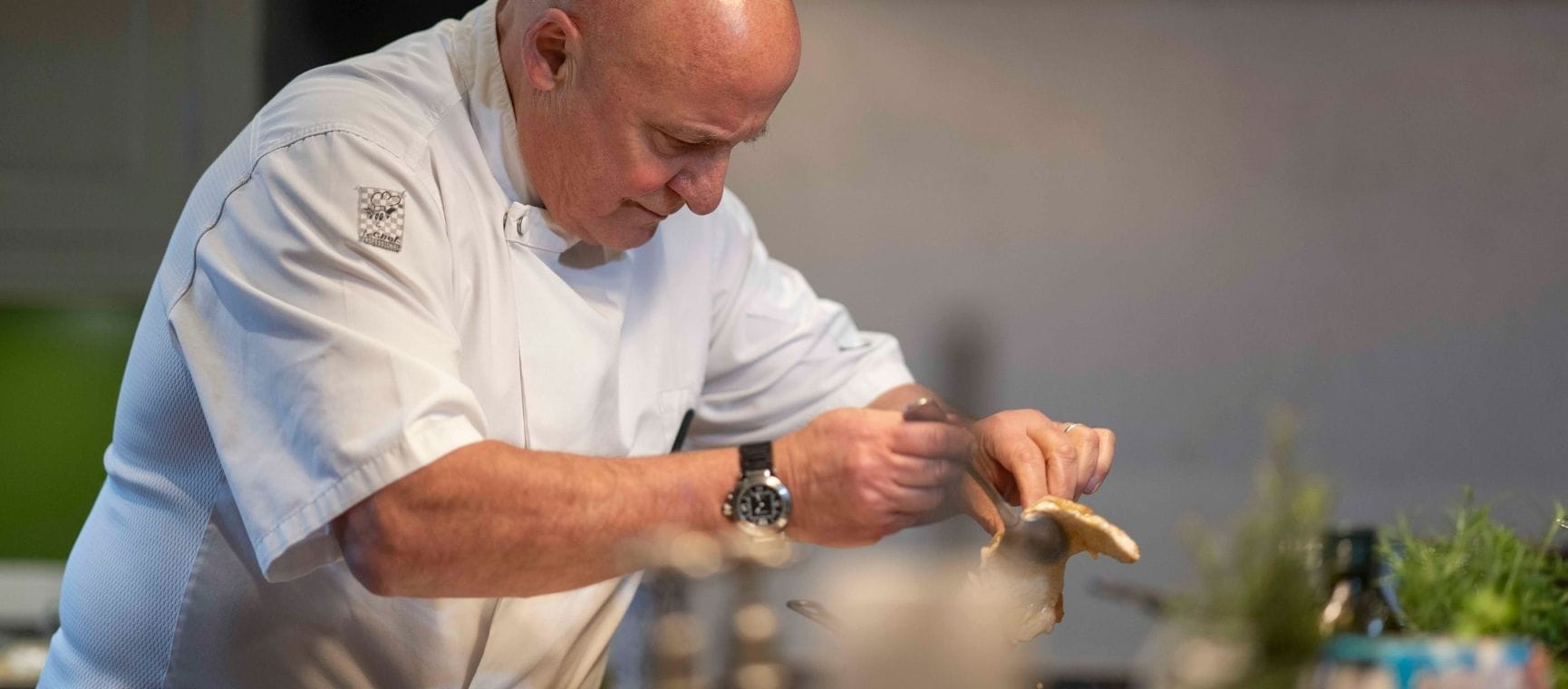
The Italian chef's tips on how to create healthy and delicious food - with two easy and delicious recipes to cook.
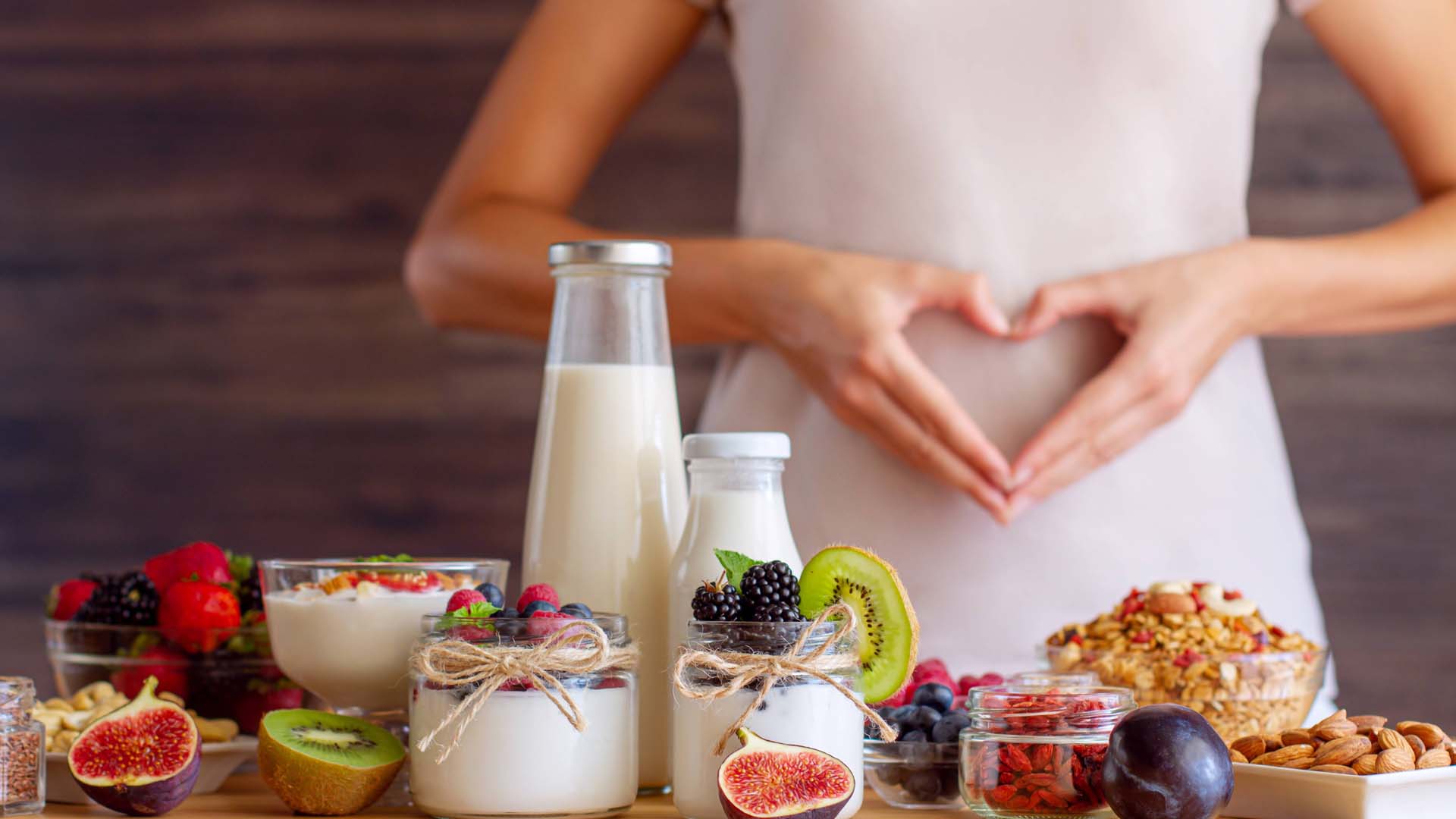
Looking after your gut health could be one of the biggest things that you can do for your overall health. Here are the best foods to keep your gut happy.
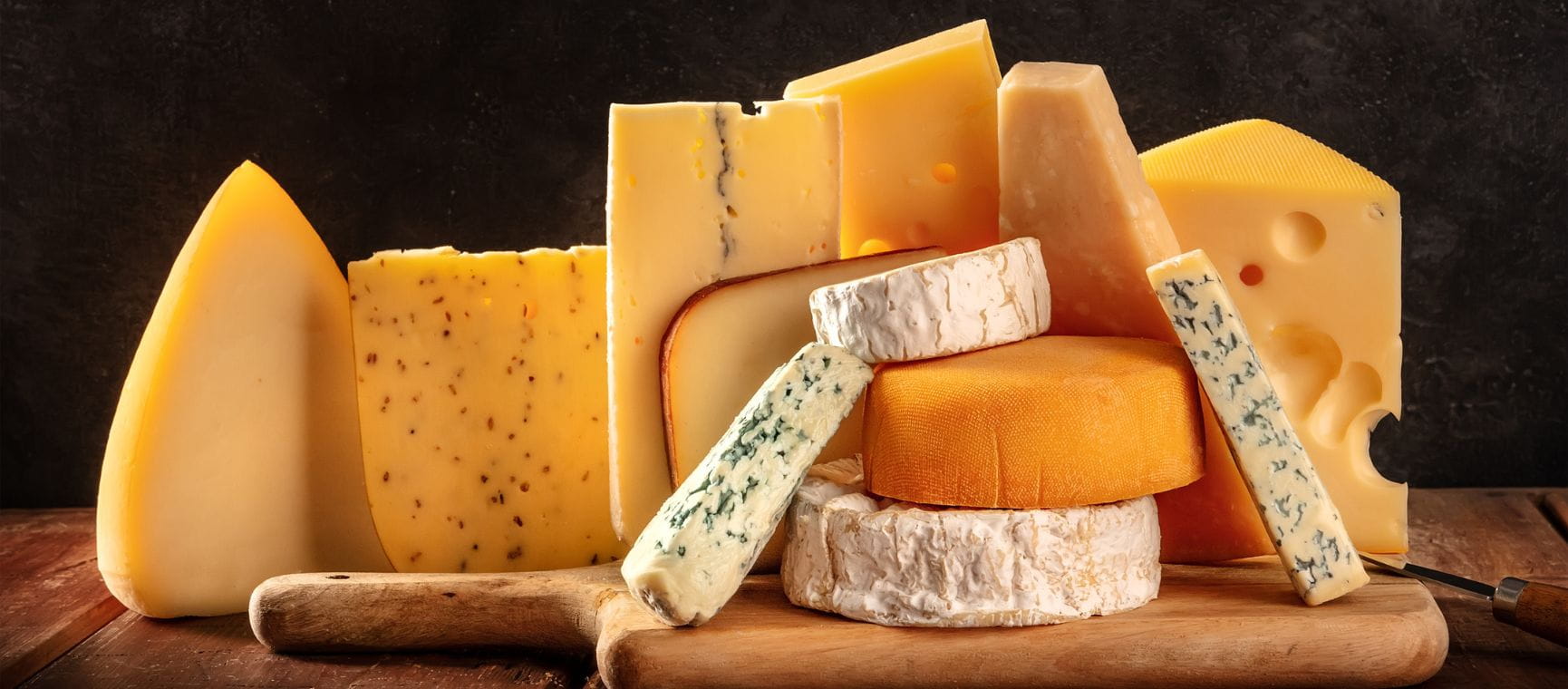
We've ranked popular cheeses best to worst for their health credentials.
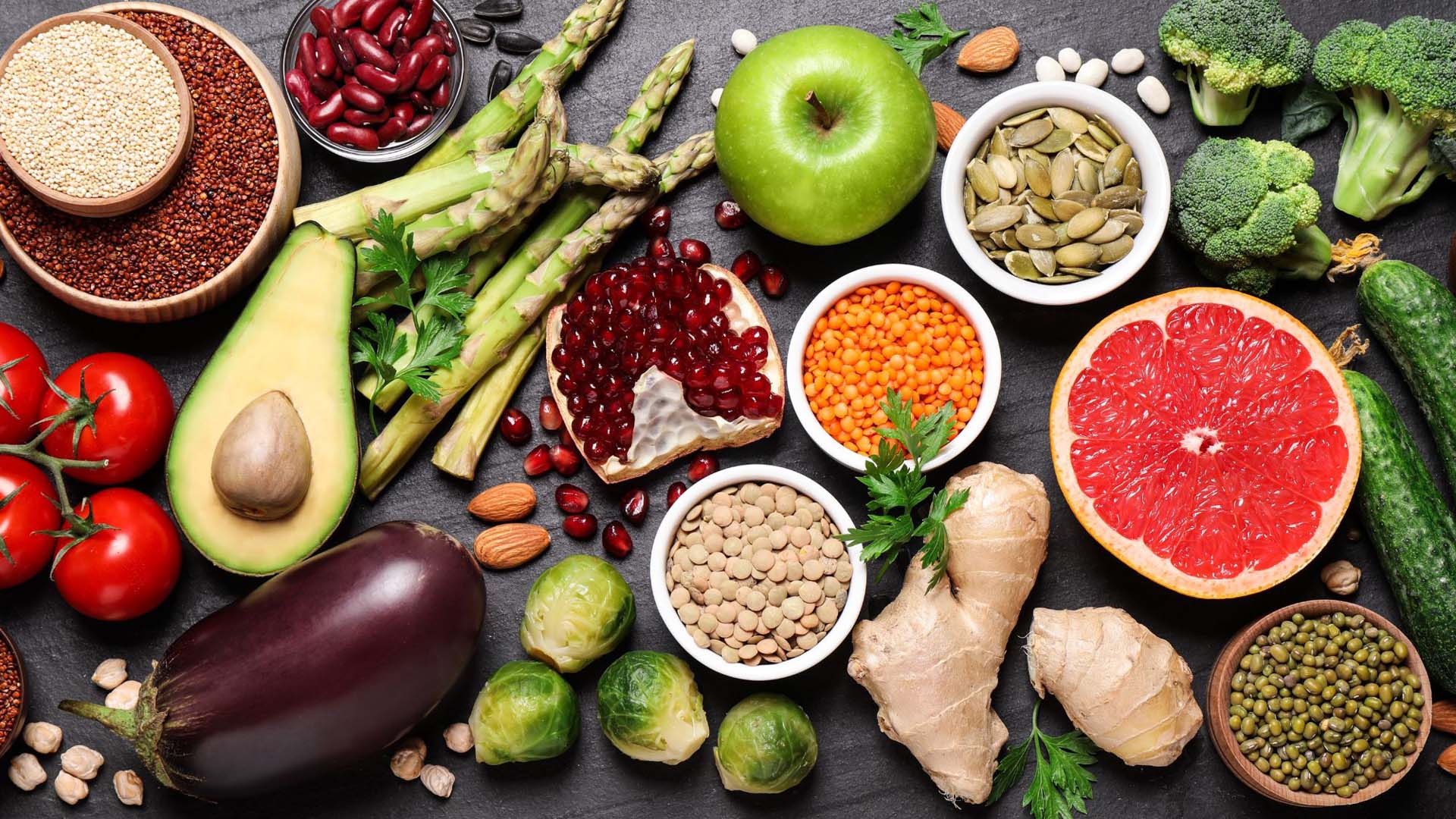
The foods that could help you live longer and protect against chronic illness.


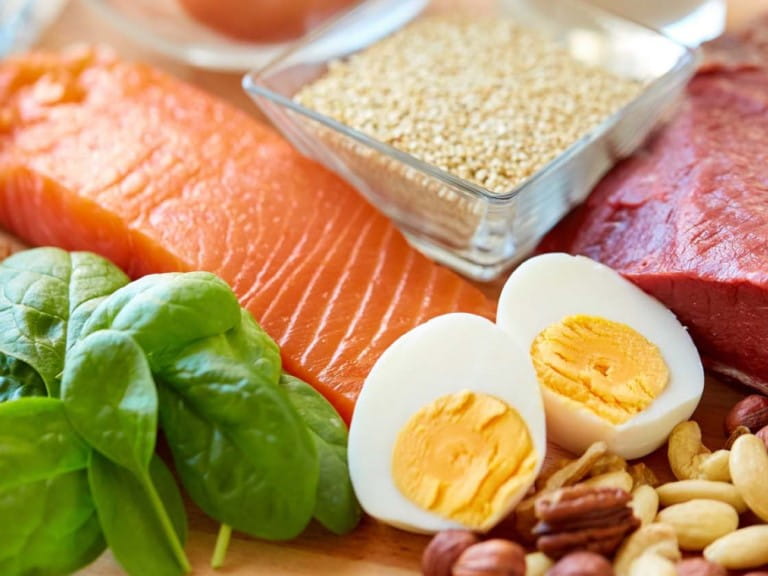
Everything you need to know about protein, from how it benefits your body to the best high-protein foods – and how much you really need.
